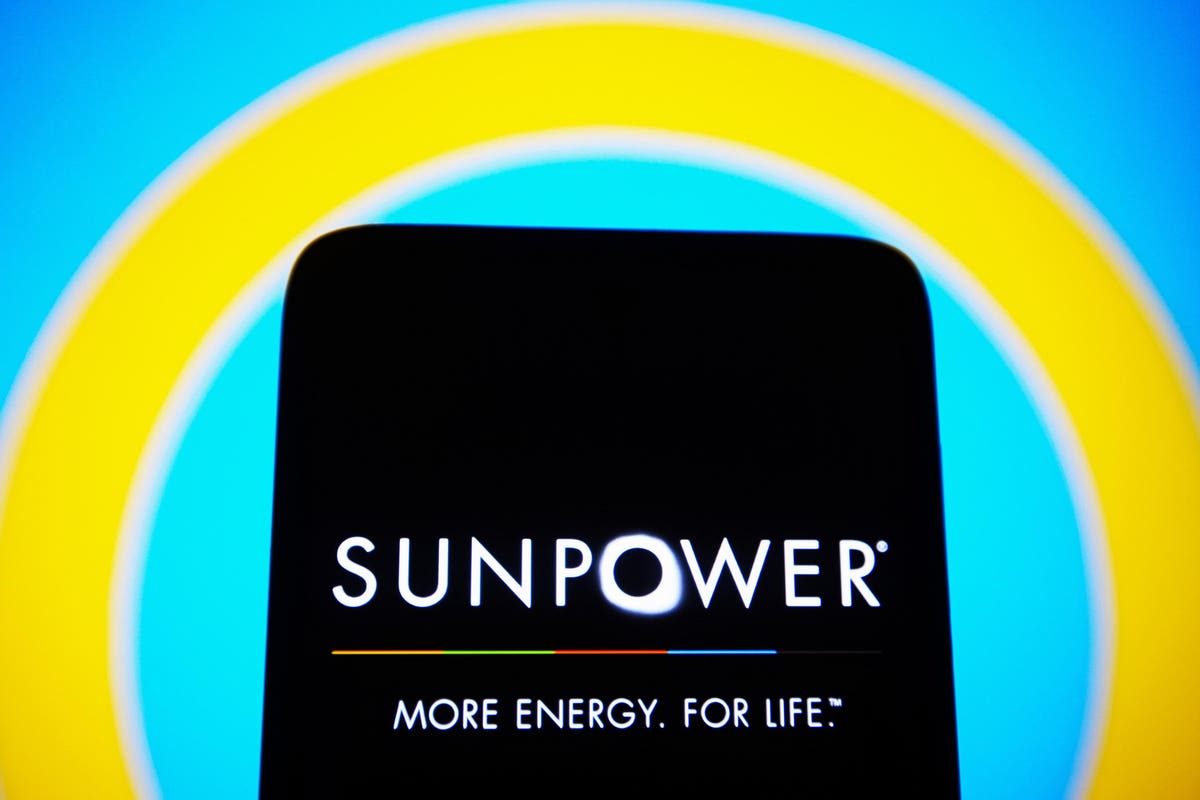Our theme on Solar Stocks – which includes solar panel manufacturers, systems installers, and component suppliers – has declined by about 30% year-to-date in 2023, compared to the S&P 500 which has gained about 18% over the same period. While solar stocks fared well through the coronavirus pandemic driven by government stimulus and easy monetary policy, surging interest rates appear to have put the brakes on growth. Higher rates have made financing rooftop solar projects more expensive and less viable versus energy from the grid. This has been particularly true in states with low electricity costs, such as Arizona and Texas. Moreover, policy-related headwinds, namely the changes to the net metering policy in California – the U.S. state with the largest solar installations – appear to have impacted stocks that are dependent on the residential market. The lull in the residential rooftop solar market has translated into tough earnings and mixed short-term outlooks for players such as SunPower, Enphase Energy
ENPH
Notably, SPWR stock had a Sharpe Ratio of 0.4 since early 2017, which is lower than the figure of 0.6 for the S&P 500 Index over the same period. Compare this with the Sharpe of 1.2 for the Trefis Reinforced Value portfolio. Sharpe is a measure of return per unit of risk, and high-performance portfolios can provide the best of both worlds.
That said, there are multiple long-term positives for the solar sector. The biggest tailwind for the solar industry comes from the Inflation Reduction Act, which was signed into law in August 2022 and carries about $370 billion in subsidies and credits for clean energy investment. For example, First Solar
FSLR
Within the theme, First Solar has been the strongest performer, with its stock rising by 28% year-to-date, as the company’s residential panels cater more to utility-scale projects, which are expected to fare a bit better this year. On the other side, SunPower, which is largely focused on the residential solar business, has been the weakest performer, with its stock declining by about 60% year-to-date.
Invest with Trefis Market Beating Portfolios
See all Trefis Price Estimates
Read the full article here












Leave a Reply